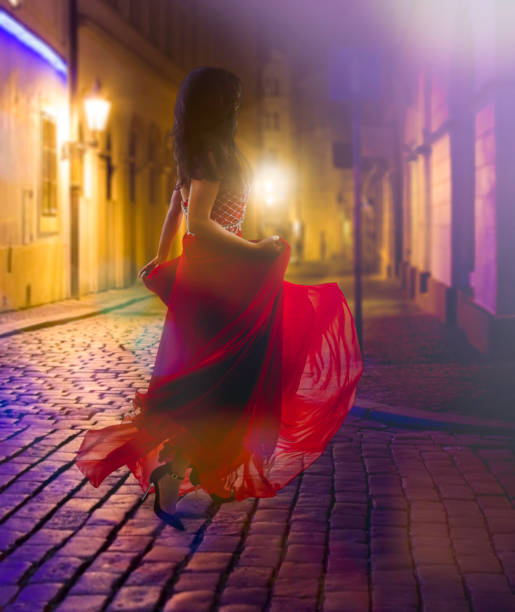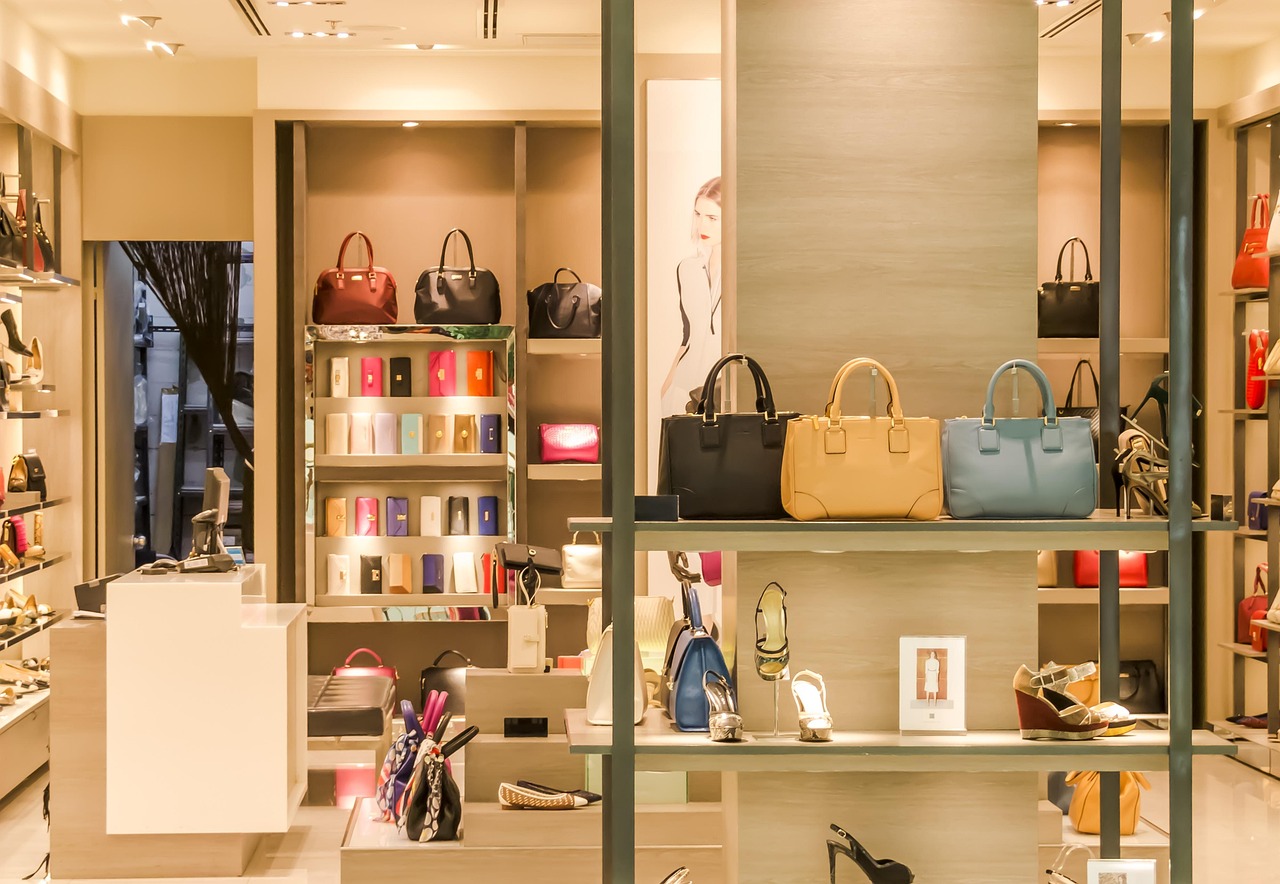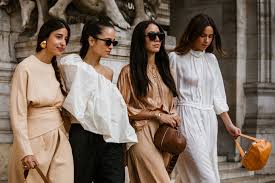
Fast fashion trends continue to dominate the market in 2025, with projections showing growth from USD 150.82 billion to USD 214.24 billion by 2029, reflecting a robust 7% CAGR. However, this swift expansion comes with serious consequences: the fashion industry is responsible for 10% of global carbon emissions, generating 1.2 billion tons of greenhouse gases each year and using enough water annually to support the needs of five million people. At the same time, rising inflation and economic pressures are driving more than 75% of consumers toward more affordable options, revealing the ongoing tension between cost and ethical responsibility. As sustainability expectations rise and technological innovations—from AI-assisted design to blockchain-based transparency—gain traction, fast fashion faces a pivotal moment. The sector must navigate rapid growth while addressing environmental and social impacts, all while catering to an increasingly conscious and demanding consumer base.
Women’s clothing reaches new heights with this chic Jam & Base Color Vangchur Co-Ord Set, designed to seamlessly combine contemporary style with understated elegance. Crafted from premium fabric, this set ensures a comfortable fit and a polished finish that elevates both daily and festive outfits. The sophisticated interplay of jam and base shades adds a refined touch, while the Vangchur pattern introduces subtle ethnic flair. Ideal for casual gatherings, celebrations, or special events, it helps you exude confidence and style throughout the day. Complete the look with statement accessories and heels for a truly striking ensemble. Women’s clothing also celebrates heritage with this stunning Ikkat Patola Silk Saree, a testament to exquisite craftsmanship and luxurious design. Woven in rich silk, the saree features classic Patola motifs rendered through the meticulous Ikkat technique. Its radiant sheen, bold geometric patterns, and vibrant hues make it perfect for weddings, festivals, or cultural events. Every drape narrates a story of tradition, artistry, and grace, tailored for the modern woman who cherishes cultural elegance. Pair with antique jewelry and a graceful blouse to achieve a regal, timeless look.
Men’s clothing designed for the outdoors, Nike Trail delivers long-lasting performance and versatility, making it easier to stay connected with your environment, even in changing conditions. This soft, moisture-wicking hoodie keeps you dry and warm on your journey to and from the trailhead. A relaxed cut provides extra space for layering over your gear. Built to handle unpredictable weather, this spacious, ultra-warm hoodie is perfect for navigating the city. It’s crafted with durable fleece, secure pockets, and a hood featuring an integrated gaiter. Combining clean style with everyday comfort, this classic hoodie features midweight brushed fleece that feels luxuriously soft inside and smooth outside, keeping you cozy while maintaining its shape. A washed finish gives it a worn-in, faded look, and the standard fit offers a relaxed feel throughout the body.
Plus-size clothing refers to garments designed specifically for individuals who are obese. The definition of what constitutes plus-size can differ depending on the country and the industry. Plus-size clothing, according to PLUS Model magazine, is generally considered to start at size 18 and above, or from 1X to 6X, with extended sizes beginning at 7X. The magazine notes that “Plus sizes are typically sizes 14W–24W, while super sizes and extended sizes are used for 26W and above. Occasionally, size 26W is included in the plus-size range.” Plus-size clothing has also been called “outsize” in the UK, although this term is gradually falling out of use. For example, the brand Evans dropped the label “Evans Outsize” and removed its slogan, “Evans – The Outsize Shop,” from its advertising and clothing tags.
Athleisure wear refers to a blend of sporty and casual clothing designed to be worn in everyday settings. The term combines “athletic” and “leisure” into one word. Outfits in this style can feature tracksuits, hoodies, sports jackets, yoga pants, leggings, shorts, sneakers, flats, Birkenstocks, or UGG boots—basically pieces that resemble workout gear or complement it. Often described as “stylish, elevated sweatshirts and fitness apparel,” athleisure became increasingly popular in the mid-2010s, building on the widespread appeal of yoga pants in the late 2000s. This trend offers casual wardrobe options that allow women in North America to wear athletic-inspired clothing as part of their daily attire, regardless of whether they are exercising.
Sustainable fashion focuses on initiatives within the apparel industry aimed at minimizing environmental harm, safeguarding the well-being of garment workers, and promoting animal welfare. It involves multiple aspects such as lowering carbon emissions, preventing overproduction, cutting pollution and waste, protecting biodiversity, and ensuring fair wages and safe working conditions for those producing clothing. Sustainable fashion efforts in 2020 showed that voluntary, self-regulated changes by major brands to lessen the ecological footprint of textile supply chains were mostly ineffective. Meaningful progress beyond superficial “green” claims requires policies that establish and enforce standardized certifications, accompanied by supporting measures like import regulations, financial incentives, and tools such as eco-tariffs.
Vintage clothing refers to garments originating from past decades. Vintage clothing can also describe second-hand shops, such as a “vintage clothing boutique.” Vintage clothing first gained attention during World War I as a response to fabric shortages, and today it involves selecting accessories, combining old pieces with modern items, and creating outfits that mix different eras and styles. Vintage clothing often comes at affordable prices, even for high-end designer brands. Vintage clothing can be discovered in urban areas at local thrift stores or specialty boutiques, or online through second-hand marketplaces. Vintage clothing has experienced a revival in the 21st century due to media exposure, celebrity influence, and a growing interest in sustainable and slow-fashion practices.
Streetwear brands have achieved an unprecedented level of global influence over the past two decades. They’re everywhere: from Louis Vuitton to H&M, from high-end boutiques to tourist stalls selling knockoffs. Today, nearly every men’s clothing collection incorporates streetwear elements, whether it comes from emerging Instagram labels or multi-million-dollar fashion houses. The line between streetwear and runway fashion has been steadily disappearing for years. Streetwear brands have created a universal style that transcends borders—a remarkable feat in today’s world. Our Under the Radar series and top clothing brands hub showcase lookbooks from all corners of the globe: Indonesia, the Netherlands, Nigeria, and beyond. Stick a pin anywhere on the map, and you’ll find someone crafting streetwear there.
Capsule wardrobe refers to a streamlined collection of clothing that can be mixed and matched to create numerous outfits suitable for different occasions. Its goal is to provide appropriate attire for any event while minimizing the number of garments owned. This is typically accomplished by selecting essential or foundational pieces in complementary colors. Capsule wardrobe concepts were featured in American magazines as early as the 1940s, showcasing small sets of garments designed to coordinate in color and style.
Designer handbags for women by Louis Vuitton showcase extraordinary artistry, where decades of expert craftsmanship converge with modern design. Each piece reflects the Maison’s steadfast dedication to perfection, from the careful selection of premium materials to the precise hand-finishing of every element. Louis Vuitton handbags epitomize the art of luxury leatherwork. Skilled artisans utilize traditional techniques handed down through generations to bring each creation to life: From the iconic Monogram and Damier canvases to the rich Epi and Taurillon leathers. Leather hand-cut with exacting stitch counts and flawlessly painted edges. Custom-crafted clasps and buckles available in polished or brushed finishes. Originating in 1930, the instantly recognizable Speedy remains one of the globe’s most cherished handbags. Offered in sizes ranging from 25 to 40, this structured tote features rounded leather handles and the iconic LV monogram.



